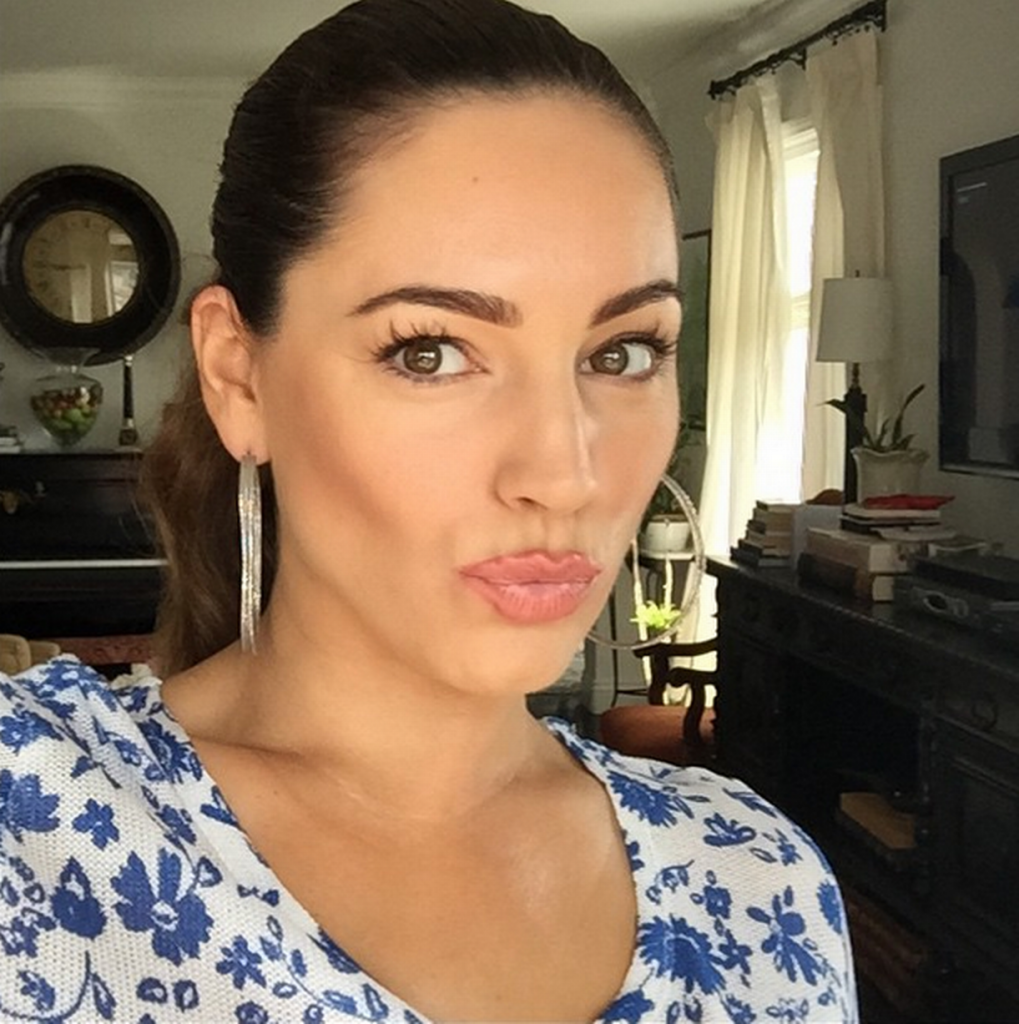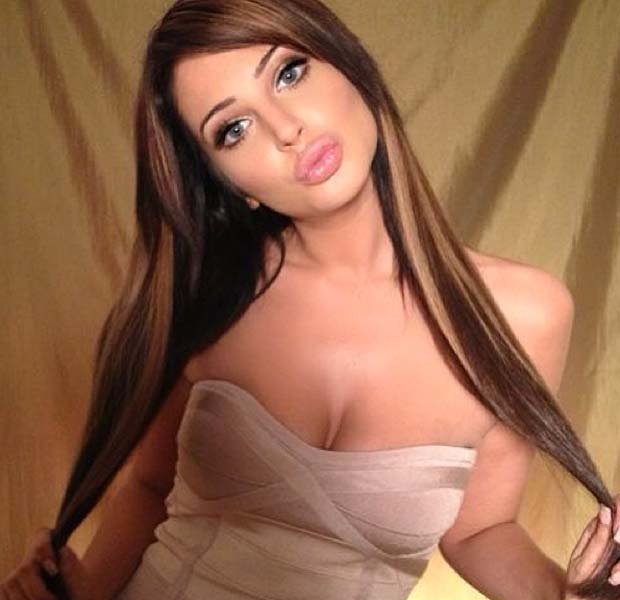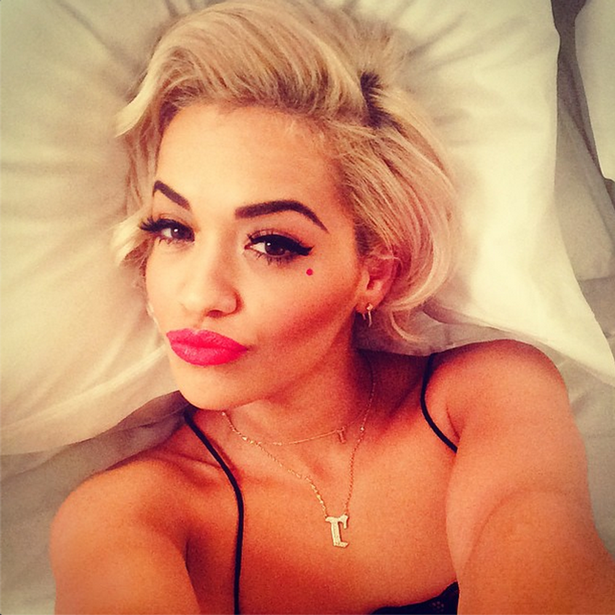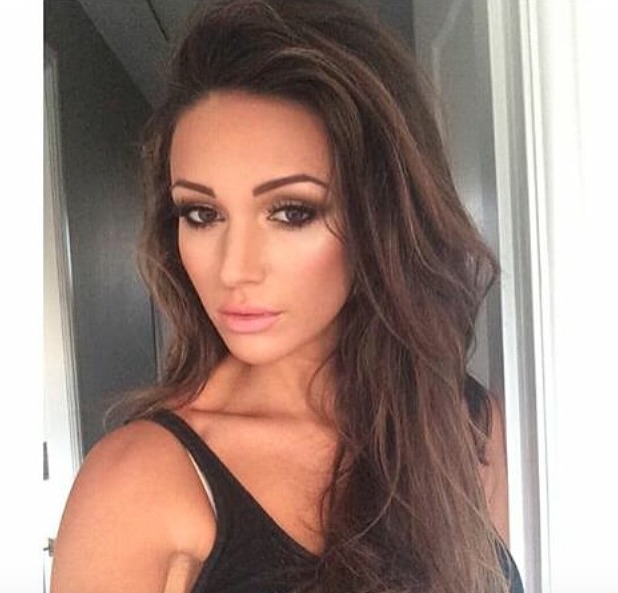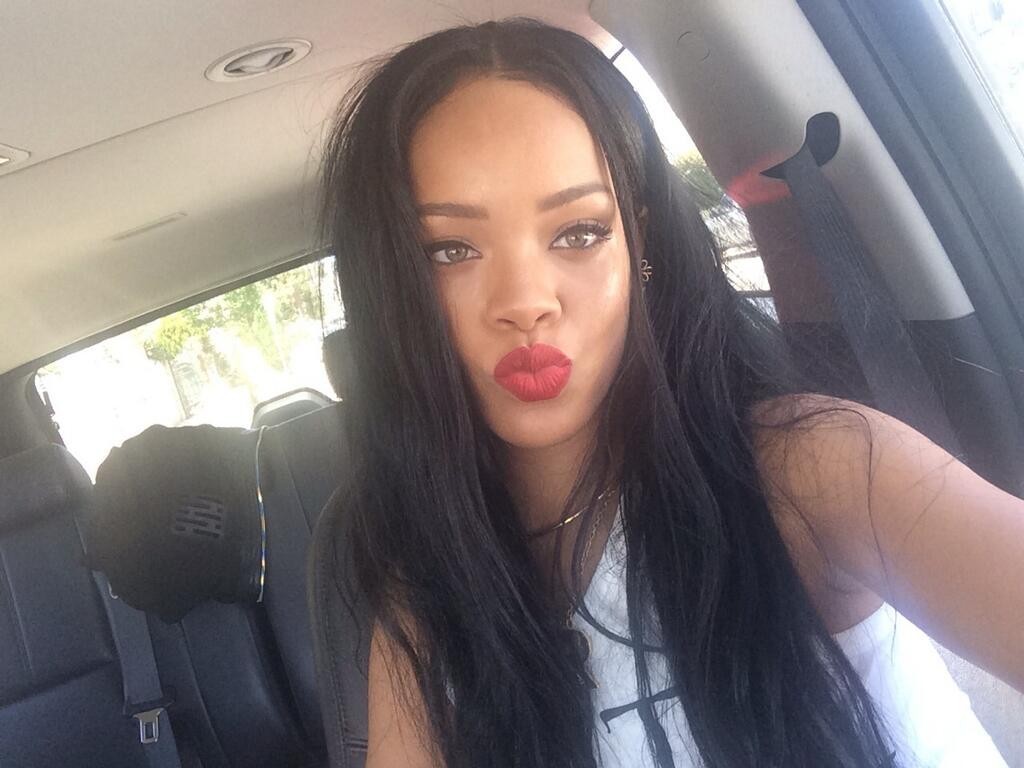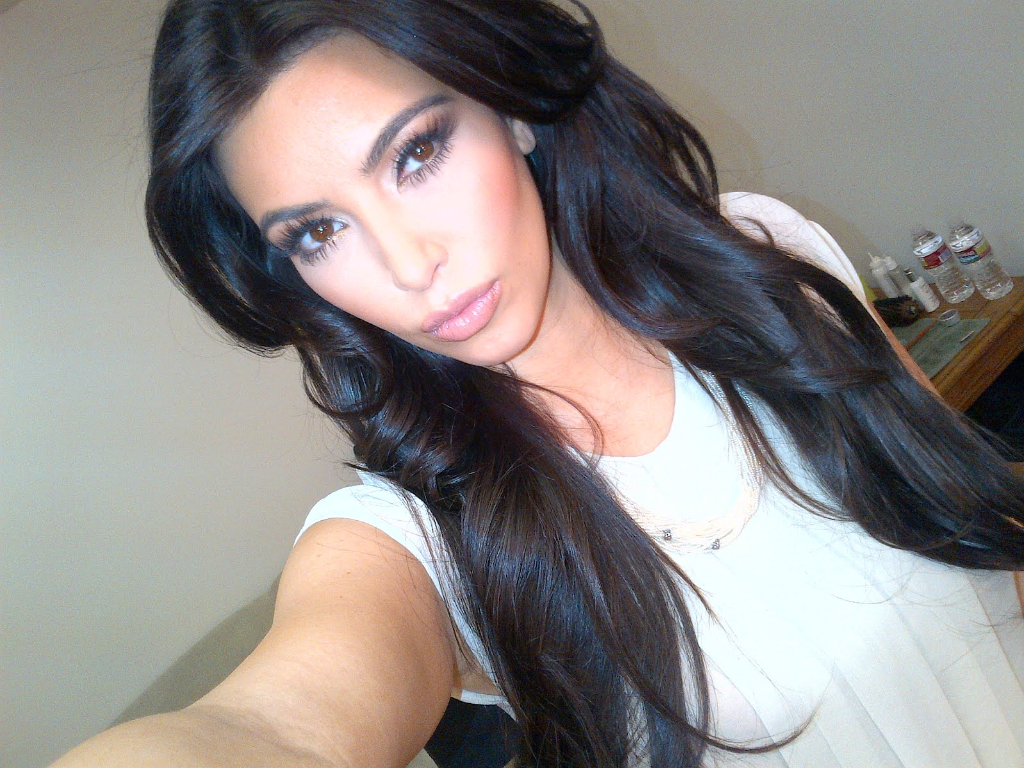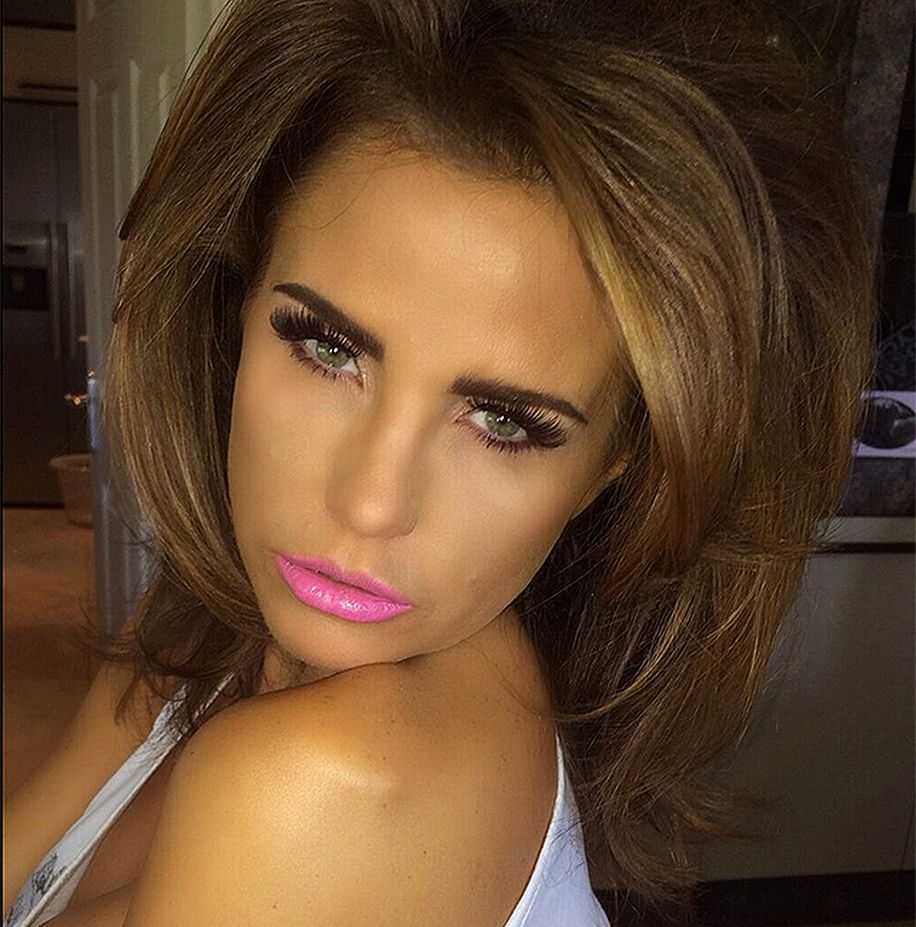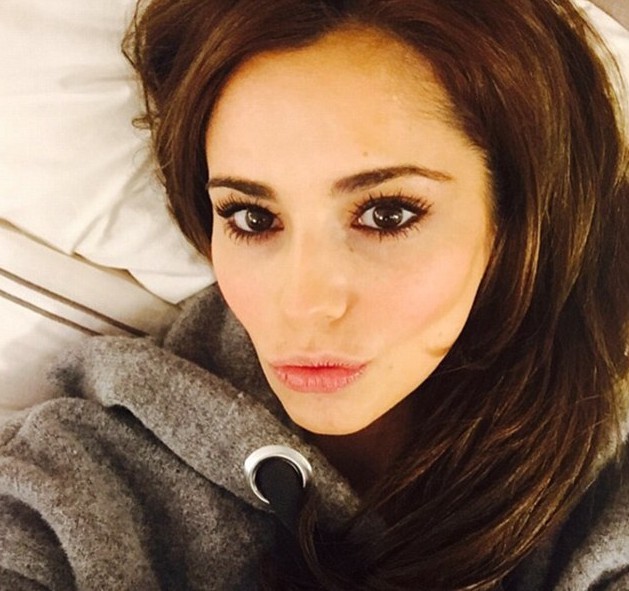
Moments after the break-up was made public the X Factor judge posted a defiant selfie on Instagram.
In it, Cheryl struck a pose often seen on social media – an exaggerated pout.
The expression, also unflatteringly known as duck-face, is increasingly popular among celebrities taking self-portait shots.
We asked Thom Shillaw, an Edinburgh-based body language expert to explain the phenomenon.
“There are two significant parts to Cheryl’s gesture,” he explained.
“The first is the pout, which is presenting the lips to be kissed. For most of us it will trigger a memory of kissing, and whatever that led to.
“The second is the expression of happiness which can be seen from her upturned lips at the corners.
“What’s being communicated is ‘Kiss me – it will make you happy’ or ‘I’m happy, kiss me’.
“Generally, when a person posts a photo to social media they are communicating, ‘I want some attention’ and replies from fans will make them feel more wanted.
“In other words, celebrities use these poses to get a ‘hit’ of adoration.”
Hundreds of celebrities have posted duck-face selfies – and The Sunday Post has picked out some of the more famous examples . . .
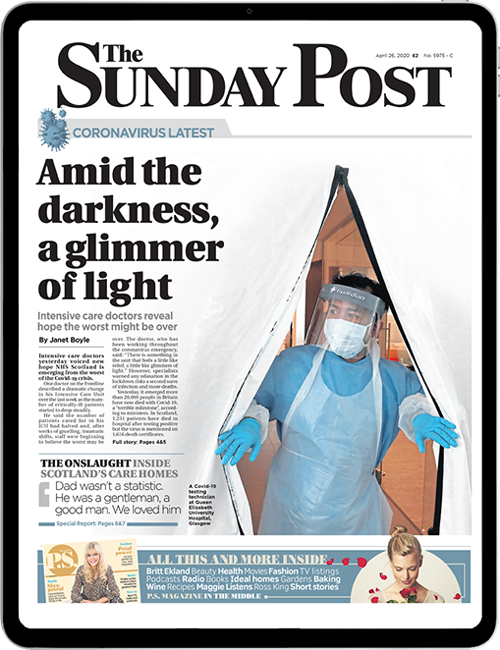
Enjoy the convenience of having The Sunday Post delivered as a digital ePaper straight to your smartphone, tablet or computer.
Subscribe for only £5.49 a month and enjoy all the benefits of the printed paper as a digital replica.
Subscribe